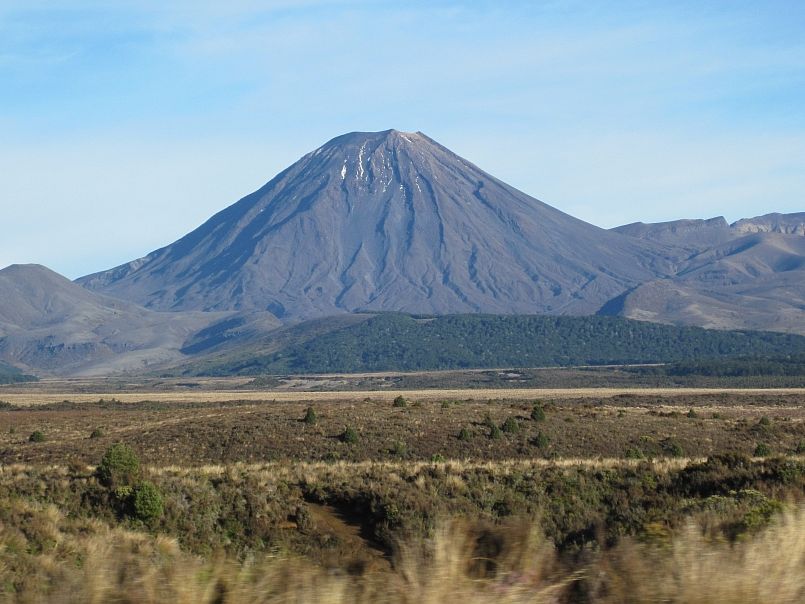Tūrangawaewae
Tūrangawaewae is one of the most well-known and powerful Māori concepts.
- tūranga (standing place)
- waewae (feet)
It is often translated as ‘a place to stand’.
Tūrangawaewae are places where we feel especially empowered and connected. They are our foundation, our place in the world, our home. A person’s marae is often seen as their Tūrangawaewae.
For each person, the marae is the place where their ancestors are present, where they spend their formative years and learn important lessons. They gain the right to stand upon their marae and proclaim their views about the world and life.
Pepeha – tribal sayings
Tūrangawaewae can include other places as well. Many tribes identify themselves in terms of their mountains, waterways and important ancestors. When people from Taranaki identify themselves, they say:
Ko Taranaki te maunga
Ko Hangataahua te awa
Ko Taranaki te iwi.
Taranaki is the mountain
Hangataahua is the river
Taranaki is the tribe.
Here, the sense of tūrangawaewae is broadened into a region and located within a wider world.
Outer world and inner world
In the concept of tūrangawaewae, the external world reflects an inner sense of security and foundation. The mountains, rivers and waterways to which one can claim a relationship also express this internal sense of foundation.
(Source: Te Ara the Encyclopedia of New Zealand)









